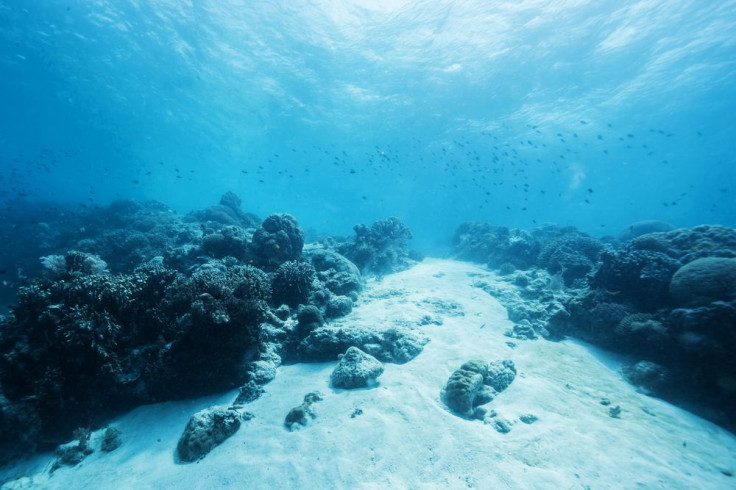
Two-hundred kilometers east of the Mariana Islands lies the deepest underwater trench on the planet, the Mariana Trench. Now-researchers found man-made toxic mercury at the bottom of it rapidly polluting it and accumulating into the bodies of its inhabitants.
According to a report, a team of scientists from the University of Michigan has detected methylmercury in fish and crustaceans inhabiting the trench with evidence pointing that it is man-made.
The study was initially presented at the Goldschmidt Geochemistry Conference with a goal of mapping where mercury resulting from human activities such as the burning of coal and petroleum or metal-mining could be deposited in the oceans. In turn, the study will help researchers arrive at more accurate predictions on how varying mercury emissions could directly impact substance levels in the oceans and in the fish that humans eat.
Mercury pollution from humans has reached bottom of world's deepest trench https://t.co/hAOmGeiYAW
— Newsweek (@Newsweek) June 22, 2020
Joel Blum led the said team of researchers and explained that although mercury can be released naturally through events such as volcanic eruptions, the mercury detected in the Mariana Trench identifiably came from human activities.
The team collected samples of fish and crustaceans at depths of around 23,000 and 33,000 feet of the Mariana Trench and found that most of the substance had a chemical signature evidencing that it had originated from the atmosphere and was transported to the ocean through precipitation.
Reportedly, the same chemical signature found in the samples originating from the trench matched the chemical signature of mercury found in animals living in the Central Pacific. Blum said that this is an alarming sign as mercury produced by humans are being transported to even the most remote and deepest ocean environments.
Due to this discovery, the human footprint appears to be more environmentally destructive as the said element which is a potent neurotoxin could accumulate to harmful levels in marine species.
In a visual round-up of how the toxic element has reached the deepest parts of the ocean floor, the team explained that after mercury is produced through human activities, much of it is deposited in the atmosphere and falls to the ocean through rainfall. The accumulated mercury sinks to the bottom part of the ocean floor and is then deposited in the carcasses of dead marine inhabitants. Scavenger fish and crustaceans later find these carcasses and consume the mercury already in them.
The findings of the study resulted in the conclusion that the toxic element consumed by marine inhabitants living in even the deepest oceans could be later consumed by those in higher levels of the food chain. They cited that humans with high fish consumption can possibly accumulate similarly high amounts of the toxic elements which may result to serious health effects such as neurological damage, cardiovascular risks and defects in fetuses being reproduced.
Though the said study can easily be made out to be false, another study conducted by Ruoyu Sun and his team from Tianjin University in China also found mercury in fish and crustaceans living at the bottom of the Mariana trench.
Both of the researches made it clear that toxic mercury produced by naturally destructive human activities is reaching even the farthest and most remote ecosystems on the planet and that we are still far from fulfilling our role of becoming good stewards of the planet.
© 2025 Latin Times. All rights reserved. Do not reproduce without permission.




